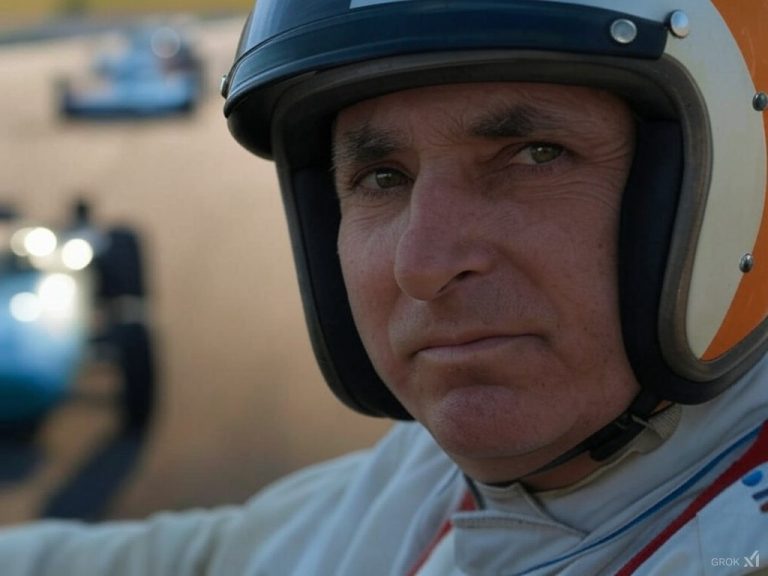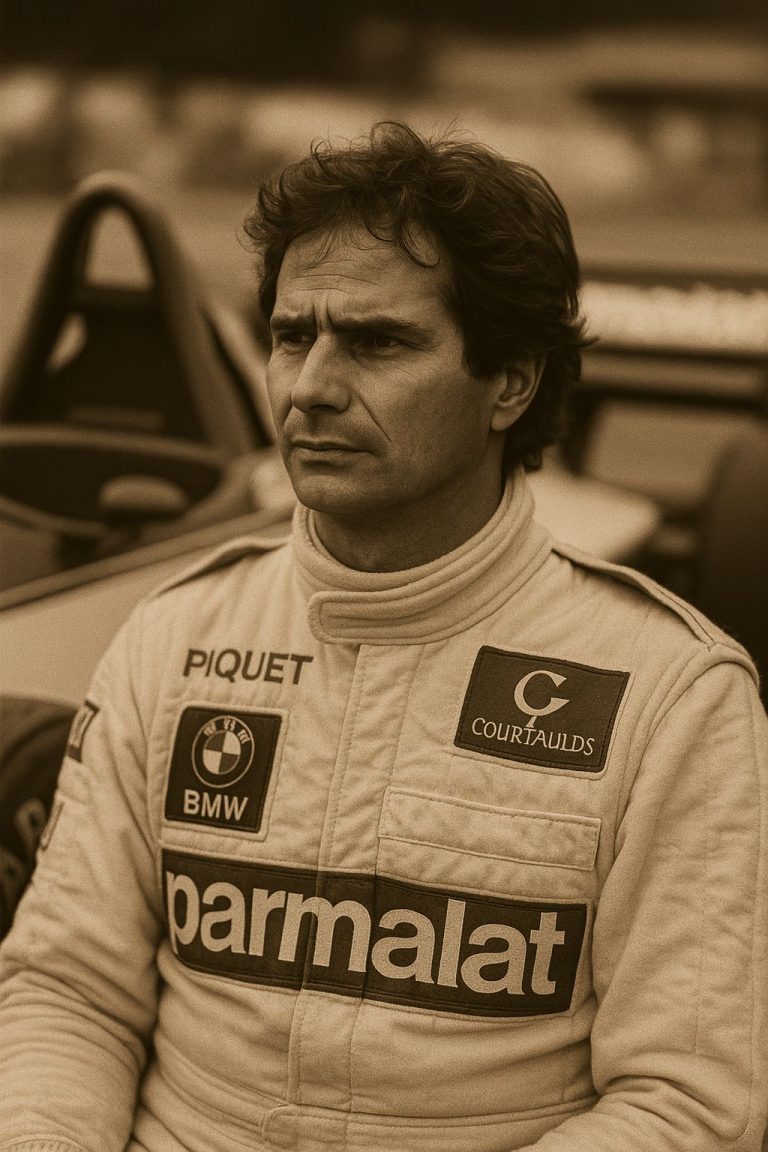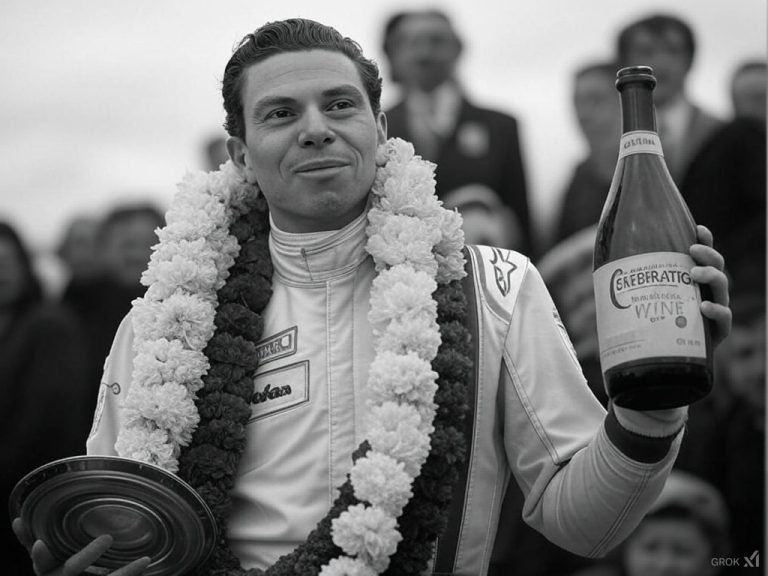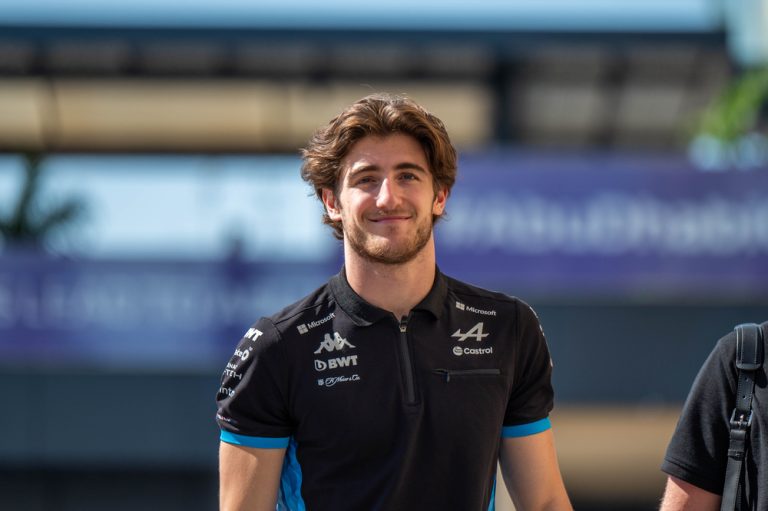Legends of Formula 1: Gerhard Berger
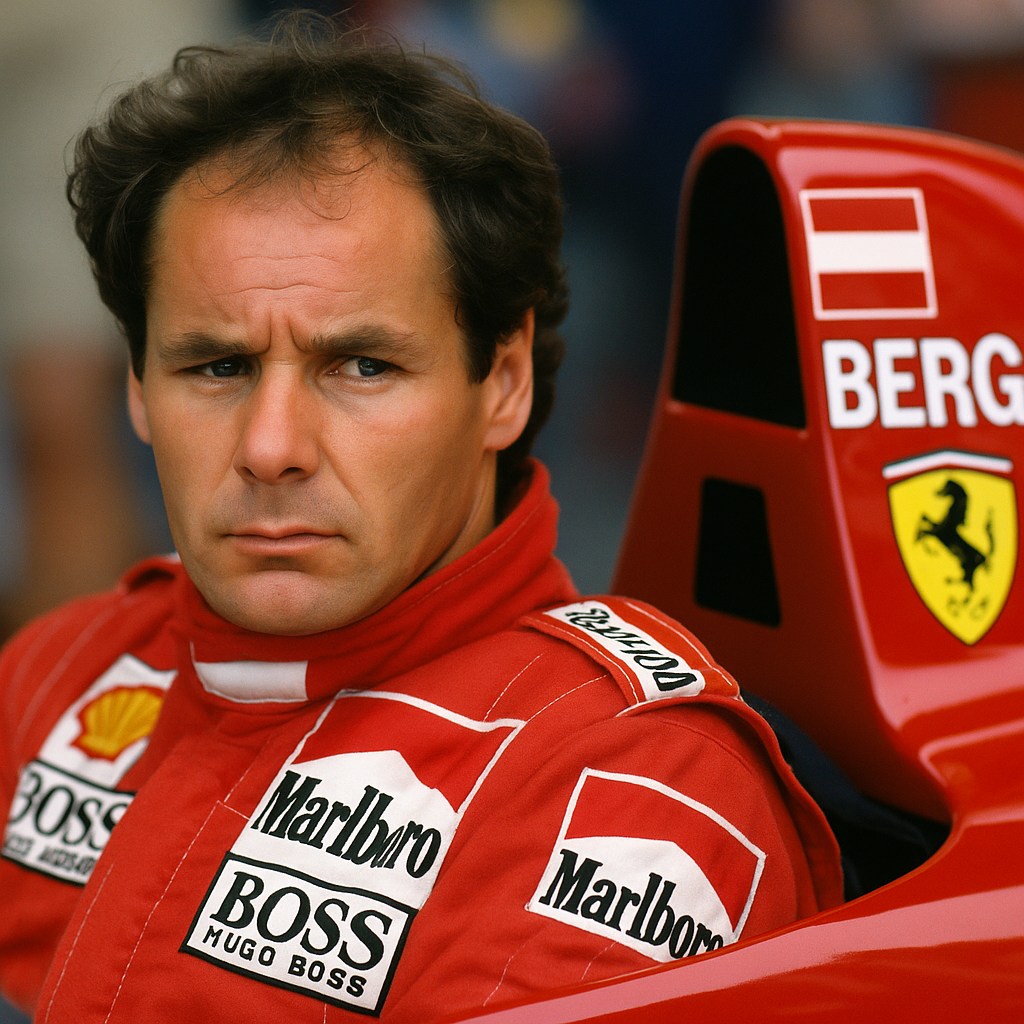
Few drivers in Formula 1 history have combined raw speed, fierce competitiveness, and infectious humor quite like Gerhard Berger. With a career that spanned over a decade, ten Grand Prix wins, and stints with some of the sport’s most iconic teams, Berger remains one of the most respected and beloved figures in the paddock. Known for his fearless driving style, remarkable comebacks, and legendary friendship with Ayrton Senna, Berger’s story is one of resilience, camaraderie, and passion for racing.
For Tickets and Package Deals Please Click Here
Origins and Early Career
Born on August 27, 1959, in Wörgl, Austria, Gerhard Berger was immersed in motorsport from an early age, thanks to his father’s trucking company and proximity to the Austrian racing scene. He initially worked as a mechanic before switching to racing full-time. Berger’s talent was evident early on, and he climbed the motorsport ladder rapidly, moving through the ranks of European Formula Ford and Formula 3.
By 1984, Berger’s potential was impossible to ignore. He made his Formula 1 debut with ATS at the Austrian Grand Prix, and despite limited machinery, he impressed with his commitment and speed. A move to Arrows the following year and then Benetton in 1986 gave him the platform he needed to shine.
Formula 1 Career
Gerhard Berger’s Formula 1 career spanned 14 seasons, 210 race starts, and 10 Grand Prix victories—an impressive résumé considering the intensely competitive era he raced in, and the often unreliable machinery he drove.
1984–1985: Humble Beginnings with ATS and Arrows
Berger made his F1 debut with the German outfit ATS at his home Grand Prix in Austria. Though the car was uncompetitive, Berger’s potential was evident. In 1985, he joined Arrows and scored his first point with a sixth-place finish at the Italian Grand Prix in Monza. It was a modest start, but one that laid the foundation for bigger opportunities.
1986: Breakthrough with Benetton
A Mexico memory to treasure for Gerhard Berger in 1986 😀
— Formula 1 (@F1) October 26, 2018
The first of his ten #F1 race wins 🏆
And a first F1 win for Benetton in their debut season 👍#MexicoGP 🇲🇽 pic.twitter.com/HuxohDR3sO
Berger moved to the newly formed Benetton Formula team, managed by Peter Collins and backed by BMW. Armed with a powerful turbo engine and a competitive chassis, he made waves throughout the season, culminating in a dominant victory at the Mexican Grand Prix. It was Benetton’s maiden win in F1 and Berger’s first as well—a clear sign he was ready for the big time.
1987–1989: Ferrari’s Leading Man
The tragic death of Enzo Ferrari left Italy in mourning in 1988
— Formula 1 (@F1) September 8, 2018
But Gerhard Berger and Michele Alboreto delivered a @ScuderiaFerrari 1-2 at Monza to lift the spirits of the Tifosi. This is the story >> https://t.co/GS2UYhdgtr pic.twitter.com/e6sd5wxXdp
Berger joined Scuderia Ferrari in 1987, becoming the team’s top driver after Michele Alboreto’s decline. He ended Ferrari’s long winless streak with back-to-back victories in Japan and Australia, securing third in the championship despite mechanical issues.
In 1988, Ferrari was the only team to interrupt McLaren’s near-perfect season, with Berger winning in Italy—an emotional triumph just weeks after Enzo Ferrari’s death. That Monza win remains one of Ferrari’s most symbolic victories.
However, 1989 was a season of both promise and pain. In the San Marino Grand Prix, Berger’s Ferrari suffered a front wing failure at Tamburello, sending him into a concrete wall at high speed. The car exploded in flames, but heroic work from the marshals saved him. Berger emerged with broken ribs and second-degree burns, missing just one race before returning at Mexico. His courage and resilience became legendary.
1990–1992: McLaren and the Senna Years
#OnThisDay in 1989, Ayrton Senna won the #MexicoGP. He's shown here leading team-mate Alain Prost and Gerhard Berger. pic.twitter.com/4uE1kJP6lP
— Formula 1 (@F1) May 28, 2015
Berger replaced Alain Prost at McLaren in 1990, partnering Ayrton Senna. While Senna clearly had the upper hand in terms of outright pace and qualifying dominance, Berger’s role within the team was invaluable. He brought harmony to the garage, acted as a buffer between Senna and Ron Dennis, and played a critical support role in Senna’s championship wins in 1990 and 1991.
Berger himself scored wins at the 1991 Japanese Grand Prix—after Senna handed him the lead as a gesture—and at the 1992 Canadian Grand Prix. However, persistent mechanical issues and Senna’s dominance meant Berger never truly challenged for a title.
1993–1995: Ferrari Redux and the Rebuilding Years
Berger returned to Ferrari in 1993, helping the team transition from the Jean Alesi-Prost era into something more stable. Although the team was still struggling with performance and reliability, Berger remained committed. He secured several podiums, notably a second place at the 1994 German Grand Prix.
In 1995, alongside Jean Alesi, Berger drove the Ferrari 412T2—one of the best-looking and sounding cars of the era. He scored a series of podiums and helped Ferrari claim third in the Constructors’ standings, setting the stage for Michael Schumacher’s arrival the following year.
1996–1997: Final Chapter with Benetton
Berger closed out his career at Benetton, returning after their championship-winning seasons with Schumacher. While the team was now on the decline, Berger still had standout moments. In 1997, he missed three races due to sinus surgery and the tragic death of his father in a plane crash. Incredibly, upon his return at the German Grand Prix, Berger took pole position and won the race in dominant fashion—his 10th and final Grand Prix victory. It was a powerful, emotional swan song from a driver who had given everything to the sport.
He retired at the end of the 1997 season with 385 points, 48 podiums, and a reputation as one of the toughest and most charismatic racers of his generation.
Retirement and Legacy
After retiring at the end of 1997, Berger stayed active in motorsport. He served as BMW Motorsport’s director during their successful run with Williams in the early 2000s and later co-owned the Toro Rosso F1 team, helping nurture young talent including a young Sebastian Vettel.
Today, Berger is remembered not just for his skill behind the wheel, but for his authenticity and courage. He was never afraid to speak his mind or make people laugh, often playing the joker in the paddock while delivering consistently strong results on the track. His friendship with Senna remains one of the most human and touching chapters in Formula 1 lore.
Career Statistics
- Formula 1 Career Span: 1984–1997
- Teams: ATS, Arrows, Benetton, Ferrari, McLaren
- Grand Prix Starts: 210
- Wins: 10
- Podiums: 48
- Pole Positions: 12
- Fastest Laps: 21
- Career Points: 385
- Best Championship Finish: 3rd (1988, 1994)
- First Grand Prix: 1984 Austrian Grand Prix (ATS)
- First Win: 1986 Mexican Grand Prix (Benetton)
- Last Win: 1997 German Grand Prix (Benetton)
- Last Race: 1997 European Grand Prix (Benetton)
Berger’s statistics reflect a career that, while not championship-decorated, showcased consistent competitiveness across multiple eras, engine formulas, and team environments. His 10 victories included famous triumphs for both Ferrari and Benetton, and his ability to score podiums in both dominant and underperforming cars cemented his status as a perennial front-runner.
Conclusion
Gerhard Berger may not have a world championship to his name, but his legacy is one of heart, grit, and genuine love for the sport. He raced in one of Formula 1’s most competitive eras, going toe-to-toe with legends and surviving some of its darkest moments with grace and strength. In every sense, Berger is a legend—not just because of his victories, but because of the enduring spirit he brought to Formula 1.
For Tickets and Package Deals Please Click Here
Sources:


